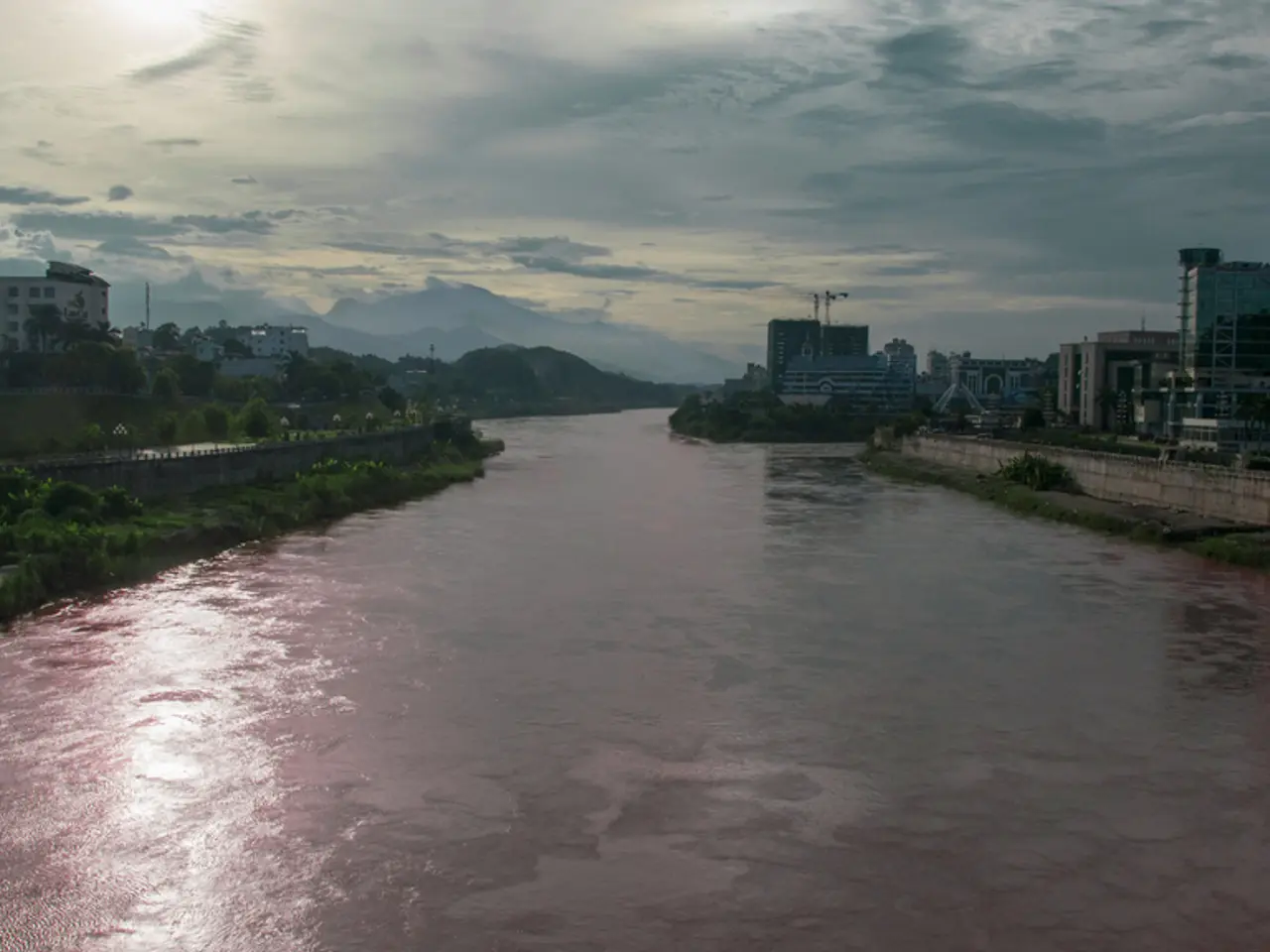Federal authorities mandate the final phase of the San Jacinto River Waste Pits clean-up operation
The San Jacinto River, a vital waterway in Texas, is set to undergo a significant transformation as responsible parties plan to remove 230,000 tons of Dioxin waste from the Superfund site. This long-term action is a crucial step towards ensuring the safety and health of the local community and the environment.
The contaminated material, associated with various types of cancer, reproductive issues, auto-immune issues, and a risk to the community's health and the Galveston Bay system, has been identified as a concern for some time. The Environmental Protection Agency (EPA) has decided to move forward with the cleanup, halting the delays due to the continued risk to the community.
The site of the Superfund is located in the San Jacinto River, where a "coffer dam" will be constructed and water drained off the currently submerged portion of the dump during the removal process. The responsible companies for the cleanup, International Paper and McGinnes Industrial Maintenance Corp., anticipate the process to take several years, typically around 5 to 7 years.
According to Jackie Medcalf from the Texas Health and Environment Alliance, the cleanup process is expected to take at least five years and cost the polluters millions of dollars. The recent cancer assessment conducted on the San Jacinto River's flood plain around the Superfund site further underscores the importance of this cleanup initiative.
The information in this article comes from the EPA, the Texas Health and Environment Alliance, and previous reporting on our website. As this significant project unfolds, we will continue to provide updates on the progress and impacts of the cleanup on the San Jacinto River and the surrounding community.







